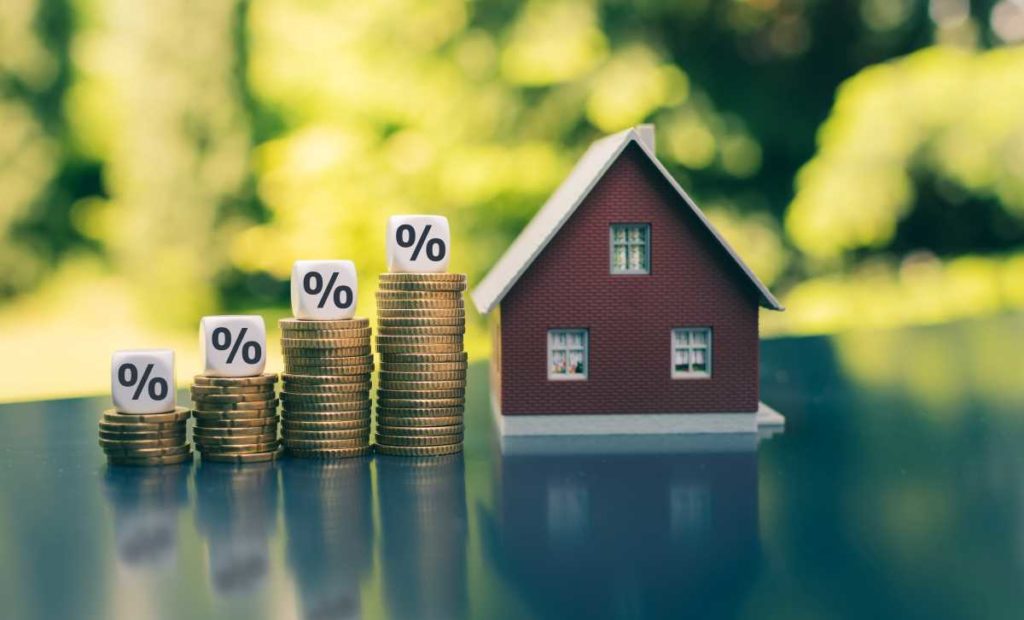Real Estate Interest Rates in 2021: Evolution and Trend
Despite the epidemic and the concerns it has sparked, interest rates on home loans have remained relatively stable in 2020. Thanks to the previous rate development, the more definite rebound in activity in 2021 provides a picture of the way the mortgage market is headed in the following months. Let’s put these numbers in context so we can estimate and determine if the end of 2021 will be a good time to start a property purchase project.

A 2021 start under the sign of lower rates
A 2021 start under the sign of lower rates
Let us first put 2021 in the historical banking framework of past years to assess the effect of current rate development. If we look at a few important benchmarks, we can see that average rates were:
• 1.32% in April 2019,
• 1.11% in December 2019,
• 1.27% in June 2020,
• 1.15% in December 2020.
The start of the health crisis was characterized by a rise in interest rates, which might be explained by fears of a price or demand collapse. We can see, however, that the average rate did not have to decrease again until the conclusion of the year. It’s thus worth checking if this tendency has continued this year, and the answer is yes: the average rate was 1.13 percent in the first quarter of 2021, up from 1.12 percent at the start of the year.
A further decrease in rates observed every quarter
The second quarter shocked experts once again, with an average rate of 1.06 percent in May and then 1.06 percent in June, a 9-basis-point drop from last December.
The amount of family income may be used to make a differentiation. Buyers earning less than three times the minimum salary completed their loans on average at 1.11 percent, while those earning between three and five times the minimum pay received 1.04 percent. The award is given to those who earn more than the minimum wage and have rates that are higher than the 1% level, with an average of 0.94 percent. This category has managed to remain below this symbolic barrier for the last 25 years. The banks’ effort may be explained by the reduced risk of lending to the wealthiest individuals.
Rates dropped significantly in the third quarter, resulting in an average investment of 1.05 percent. The decreasing trend, however, continues, particularly when we consider that these rates are given for periods that have seen a significant increase: 237 months in June, compared to an average of 231 months in the first quarter.
With projected rates of 0.78 percent over 15 years, 0.96 percent over 20 years, and 1.16 percent over 25 years, October seems to be setting new records. For the most robust files, they would even reach 0.52 percent, 0.63 percent, and 0.89 percent during the same time periods.
Is it a good time to borrow?
If you’re asking yourself this issue, bear in mind that the rates in 2021 are not only better than those seen since the beginning of the epidemic, but also better than those seen in 2019. On the contrary, fewer loans are being granted: 13.6% less in the first half of 2021 than in the first half of 2019. (the decline was of course even greater in 2020).
The takeaway is that banks are becoming pickier. In addition to the HCSF’s strict debt ratio guidelines, issued in 2019, financial institutions are eager to rule out the riskiest situations, in a setting where a household’s economy may alter due to health issues, making incapacity for work or increasing economic problems more likely. This regulation, implemented by institutions less inclined to trust, disproportionately affects the youngest and most vulnerable applicants.
Nonetheless, the same banks are aggressively winning financing cases in order to achieve their high lending goals for the year. By the end of 2021, it will very certainly be able to negotiate record cheap rates just by displaying a white footing and a hardened steel casing.
Proven career stability, a high level of personal contribution (10 percent at a minimum, 20% for better peace of mind), and a debt ratio of less than 35 percent will be critical requirements. Plan to provide statements that are clear of negative amounts for the last three months, as well as pay off any other debts you may have.
With real estate values continuing to climb, it seems hazardous to wait another six months to start a project that may currently take advantage of the most favorable financing terms ever given. This respite – or inertia – seems to be a good time for the realization of an acquisition, especially because rates should naturally increase again under the pressure of inflation, which has already begun to rise.



